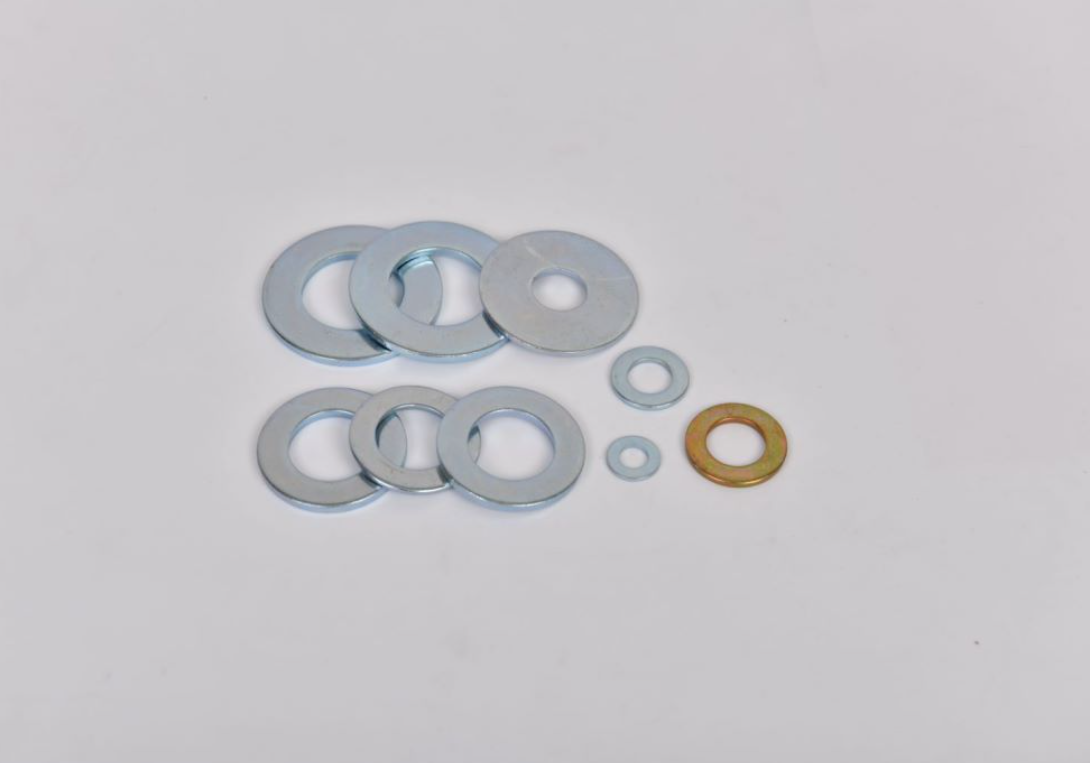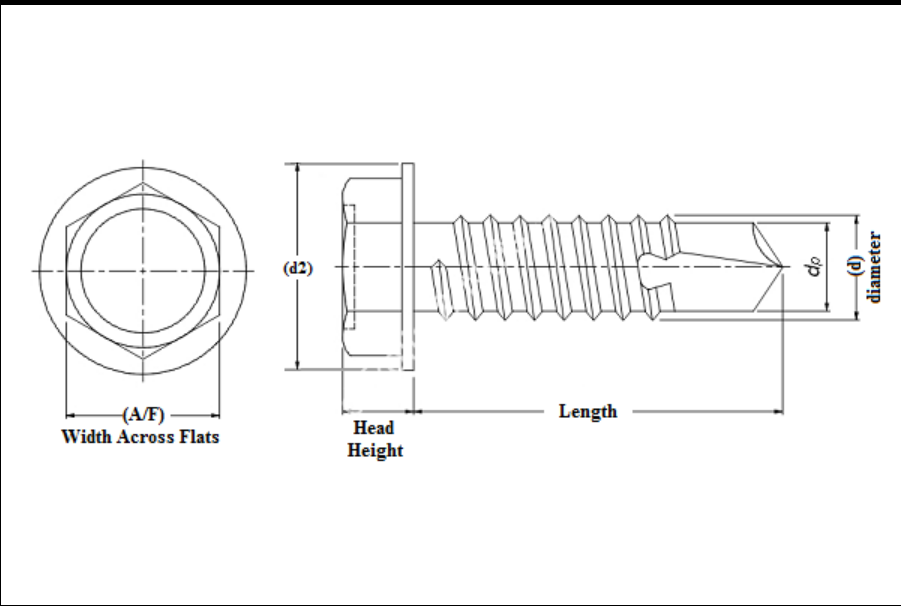জানু. . 23, 2025 06:06
Back to list
FLAT WASHER
Navigating the World of Flat Washers A Comprehensive Guide for 2024
Authoritativeness in the washer domain is often associated with brands and standards. Companies like Nord-Lock and Boker’s have set benchmarks in producing high-quality washers. Their products frequently conform to strict international standards such as DIN (German Institute for Standardization) and ISO (International Organization for Standardization), ensuring reliability and performance. For professionals, selecting products from such authoritative brands guarantees not just performance but also compliance with safety regulations. Trustworthiness in flat washer selection is built over time through consistent performance and proven reliability. In construction projects, for example, using washers that have undergone rigorous testing and quality control can mean the difference between a long-lasting structure and one plagued with maintenance issues. Trust is further reinforced through certifications such as RoHS (Restriction of Hazardous Substances) and REACH (Registration, Evaluation, Authorisation and Restriction of Chemicals), which testify to the environmental and safety compliance of the washers. The nuanced choice of washers extends beyond compliance and standards. It involves considering innovations in washer design and material science, which have evolved dramatically. For instance, in 2024, manufacturers are increasingly opting for eco-friendly materials that do not compromise performance. This trend aligns with the global shift towards sustainable manufacturing practices. Moreover, the introduction of smart washers equipped with sensors to monitor tension and load dynamics in real-time is revolutionizing how maintenance is approached in critical infrastructure projects. Such innovations promise not only enhanced efficiency but also predictive maintenance capabilities, reducing downtime and associated costs. In conclusion, flat washers, while simple in appearance, are complex components essential to the structural and operational soundness of various assemblies. For industries and DIY enthusiasts alike, understanding the subtleties of washer selection and application can lead to improved outcomes, whether in terms of performance, safety, or environmental impact. As technology and materials science progress, staying informed about these changes ensures that we continue to harness the full potential of flat washers in 2024 and beyond.


Authoritativeness in the washer domain is often associated with brands and standards. Companies like Nord-Lock and Boker’s have set benchmarks in producing high-quality washers. Their products frequently conform to strict international standards such as DIN (German Institute for Standardization) and ISO (International Organization for Standardization), ensuring reliability and performance. For professionals, selecting products from such authoritative brands guarantees not just performance but also compliance with safety regulations. Trustworthiness in flat washer selection is built over time through consistent performance and proven reliability. In construction projects, for example, using washers that have undergone rigorous testing and quality control can mean the difference between a long-lasting structure and one plagued with maintenance issues. Trust is further reinforced through certifications such as RoHS (Restriction of Hazardous Substances) and REACH (Registration, Evaluation, Authorisation and Restriction of Chemicals), which testify to the environmental and safety compliance of the washers. The nuanced choice of washers extends beyond compliance and standards. It involves considering innovations in washer design and material science, which have evolved dramatically. For instance, in 2024, manufacturers are increasingly opting for eco-friendly materials that do not compromise performance. This trend aligns with the global shift towards sustainable manufacturing practices. Moreover, the introduction of smart washers equipped with sensors to monitor tension and load dynamics in real-time is revolutionizing how maintenance is approached in critical infrastructure projects. Such innovations promise not only enhanced efficiency but also predictive maintenance capabilities, reducing downtime and associated costs. In conclusion, flat washers, while simple in appearance, are complex components essential to the structural and operational soundness of various assemblies. For industries and DIY enthusiasts alike, understanding the subtleties of washer selection and application can lead to improved outcomes, whether in terms of performance, safety, or environmental impact. As technology and materials science progress, staying informed about these changes ensures that we continue to harness the full potential of flat washers in 2024 and beyond.
Next:
Prev:
Latest news
-
Top Choices for Plasterboard FixingNewsDec.26,2024
-
The Versatility of Specialty WashersNewsDec.26,2024
-
Secure Your ProjectsNewsDec.26,2024
-
Essential Screws for Chipboard Flooring ProjectsNewsDec.26,2024
-
Choosing the Right Drywall ScrewsNewsDec.26,2024
-
Black Phosphate Screws for Superior PerformanceNewsDec.26,2024
-
The Versatile Choice of Nylon Flat Washers for Your NeedsNewsDec.18,2024
Related News










